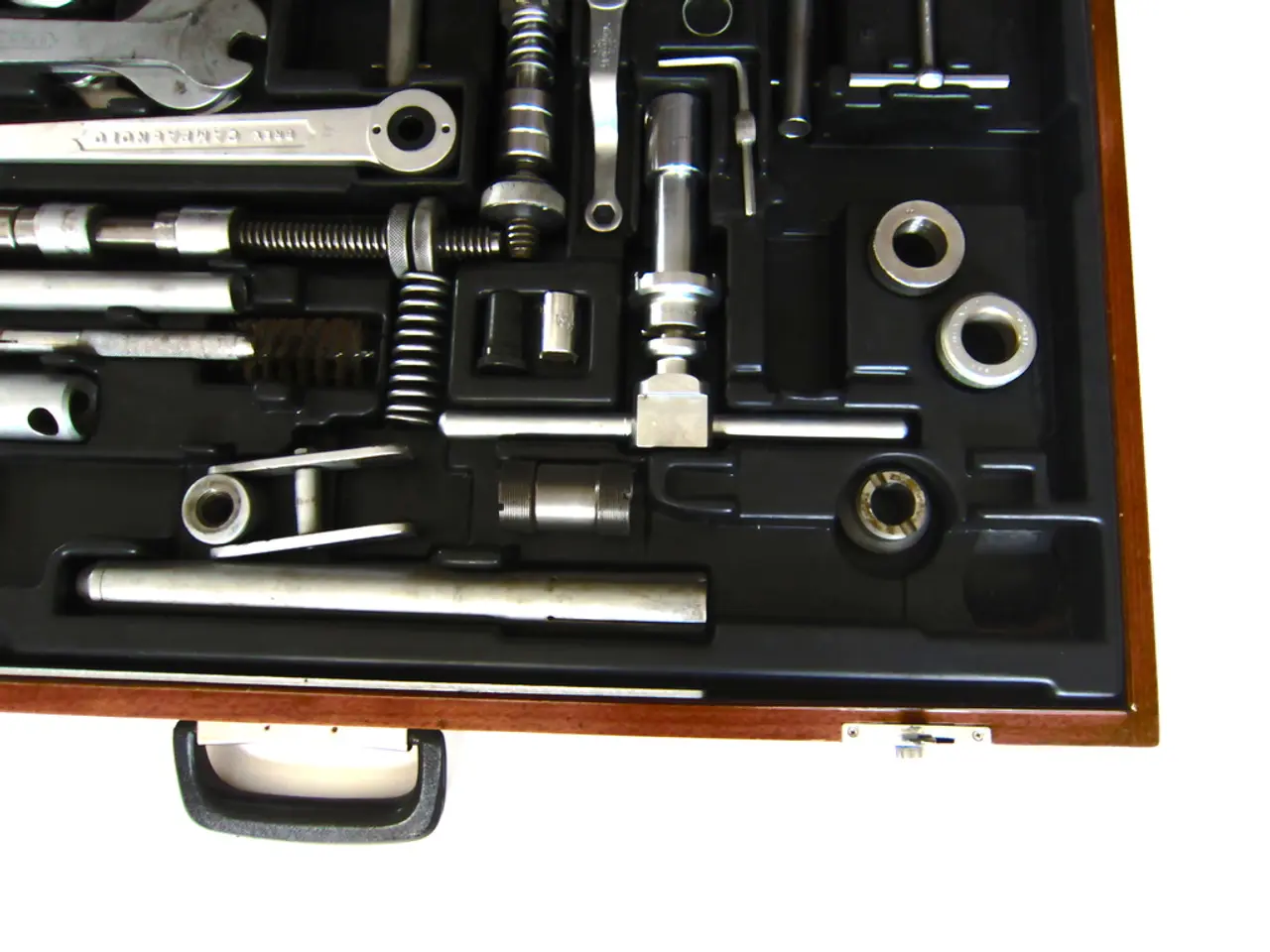Integrated Multi-Tool Functionality and Intelligent Workflow Enhancements for RAG
In the realm of artificial intelligence, the development of advanced question-answering systems has been a significant focus. One such innovation is the creation of Multi-Tool Orchestration with Retrieval-Augmented Generation (RAG) systems. This approach seamlessly integrates multi-agent architecture and RAG principles to deliver more accurate and personalized responses across various domains.
The construction of a Multi-Tool RAG system involves several key stages. First, defining a multi-agent architecture, which includes an orchestrator, specialist agents, and a shared knowledge layer. The orchestrator acts as the central hub, coordinating tasks among different agents, while specialist agents are designated for specific domains, such as legal, logistics, or customer history. The shared knowledge layer serves as a common ground for all agents to access and contribute to.
The next step is the implementation of Retrieval-Augmented Generation (RAG). This process begins with data selection, data preprocessing, and embedding generation. Relevant sources are chosen for the knowledge base, data is cleaned, normalized, and structured for efficient retrieval, and preprocessed data is converted into numerical vectors using an embedding model.
The RAG system then proceeds to the retrieval and generation chain. Data is transformed into smaller chunks, saved as numerical embeddings in a vector database, and retrieved based on user input during runtime. A Large Language Model (LLM) is then employed to generate responses based on the retrieved context.
By integrating multi-agent systems with RAG, each specialist agent interacts with the system to retrieve and process data specific to its domain. The orchestrator coordinates the actions of specialist agents to synthesize a comprehensive response.
To ensure optimal performance, comprehensive monitoring and continuous improvement are crucial. Monitoring helps track performance, identify bottlenecks, and ensure quality responses, while regular updates with new data and refinement of the agents based on feedback and performance metrics contribute to the system's ongoing improvement.
In a customer service scenario, a multi-tool orchestration may involve a legal agent retrieving warranty terms, a logistics agent accessing shipping policies, a customer agent pulling purchase history, and the orchestrator integrating these to provide a personalized response to the customer.
The advantages of this approach are numerous. By leveraging specialist agents, the system can achieve higher accuracy on complex queries, and context-based responses help reduce the likelihood of providing false information, thereby minimizing hallucinations.
In conclusion, the integration of Multi-Tool Orchestration with RAG systems offers a powerful solution for creating advanced question-answering systems. This approach combines the strengths of multi-agent systems with the efficiency of RAG, allowing for more accurate and personalized responses across diverse domains.
Data science, machine learning, and technology are integral parts of developing the Multi-Tool Orchestration with Retrieval-Augmented Generation (RAG) systems. These systems use data-and-cloud-computing to store vast amounts of data, which are preprocessed and converted into numerical vectors for efficient retrieval. Artificial Intelligence, particularly machine learning algorithms, are employed to generate responses based on the retrieved context.




